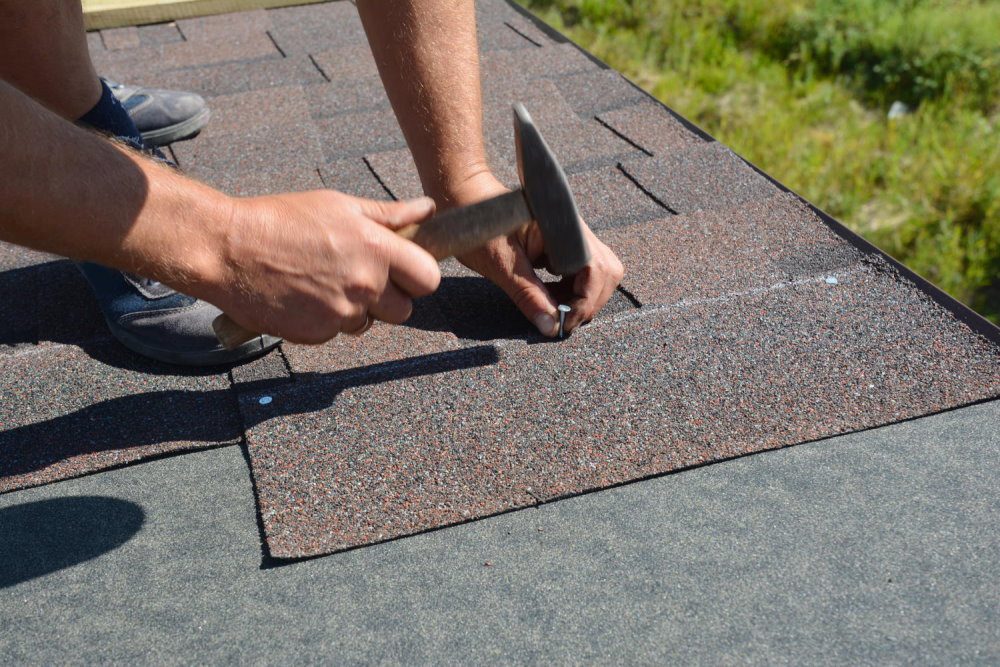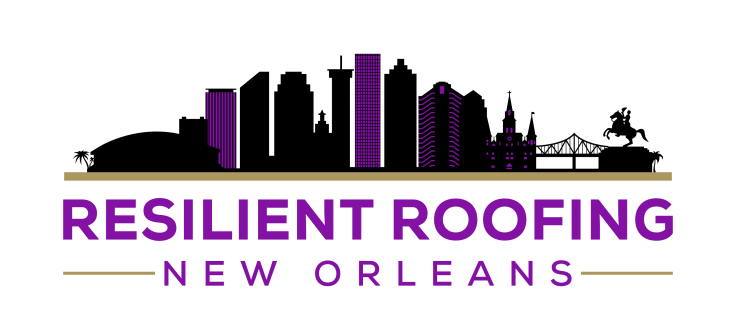For the Highest Quality Roofing at the Most Competitive Prices, Contact Us Today. Any questions? Call and ask!
For the Highest Quality Roofing at the Most Competitive Prices, Contact Us Today. Any questions? Call and ask!
Built-up roofs are the most common roofing system for flat roofs on commercial buildings, such as factories, warehouses, and retail centers. They consist of two or three plies (layers) of hot-mopped felts impregnated with coal-tar pitch and covered with a layer of roofing granules that protect from UV rays.
The idea behind built up roofing New Orleans is that they’re supposed to be stronger than single-ply roofs yet lighter than slate and clay tile. For years it’s been the solution for flat roofing New Orleans.
Get a Free Quote

A built-up roofing system has many pros to it. Lightweight and easy to install, Built-up roofs are best for large areas requiring quick and inexpensive installation. Let’s take a look at some of these pros.
Get a Free Quote
Durability – Each layer is to be installed over each other like the layering of the cake itself. And this process, in turn, forms an extremely strong bond between its layers. This combination makes it very resistant to wind and storms, even up to category three hurricanes typically defined as having wind speeds. So if you’re living in areas that are often subject to high winds or storms, you can rest assured that the built-up roof will withstand any damage sustained from it.
Less likely to leak! It’s also less apt to leak due to its design. Multiple layers make the system redundant. So if one layer gets punctured by accident, it can still perform its job as a leak prevention system, and the structure will still be safe.
Cost-Effective – And, another one of its pros is that it’s cost-effective. Aside from the fact that installation is easy and fast, the materials are relatively cheaper than other traditional roofing systems. Also, additional labor costs during the construction process are kept down.
And because built-up roofs are made of recycled materials, they are also considered environmentally friendly.
Built-up roofs can also be designed to withstand fires. The materials used in its construction make it less prone to fire and damage. It’s also very resistant to flame spread.
Because of its multi-layer construction, built-up roofing systems can also help to dampen unwanted sound. This added benefit makes it a perfect fit for noise-sensitive areas such as hospitals or schools..
When it comes to upkeep, built-up roofs are also pretty easy to maintain. The need for a monthly or yearly maintenance schedule is minimal compared to other roofing systems, requiring regular attention and frequent checkups.
Built-up roofing systems have several advantages, but they also have a few drawbacks. Even with its benefits, it’s important to remember that built-ups have their limits.
They only last for about 15-20 years – Compared to other roofing systems, built-up roofs only last for about 15-20 years. So make sure that you closely check its condition and assess it every few years to see if the layers need replacing.
Not as resistant to fire compared to other roofing options – And because of how it’s constructed and the materials used in its construction, a built-up roof isn’t as resistant to fire as other materials such as metal and slate.
Requires a more strict construction process – When installed, it requires a very specific installation process, making it harder to install and repair than other roofing systems. This means you need to make sure that you hire professional and licensed contractors for the job.
Roofing systems are not perfect. Built-up roofing, like any other type of roofing system, has its own set of limitations. Every climatic condition necessitates a certain type of roofing system, and every roofing system is not designed for all kinds of weather conditions.
Overall, the benefits of the built-up roofing system outweigh its drawbacks. With proper maintenance and regular checks, you can ensure that this type of roofing system will not only last for many years but also help prevent wear and tear on your building roof.
And, the more you understand the benefits and potential drawbacks of this type of roofing system, it can help ensure that you ask all the right questions from your contractor or installer to maximize its potential benefits for your home or business’ roofing needs.
Several factors affect the cost of a new built-up roof installation, including the size of your roof, pitch, type of material used, and type of underlayment material. However, if you hire an experienced build up roofing company for the job, then it should not be very costly for you. You can also save a lot if you have someone do re-roofing for you instead, which will help lower your expenses compared to installing a brand new one from scratch.
The price for a new built-up roof installation can range anywhere from $4000 to $7000 and depends on the type and size of your roof. In roofing squares, it is around $250 to $400 per square. It is often considered one of the most cost-effective roofing solutions with a proven track record of more than a century.
While it does not require as much maintenance like other roofing systems, there are still some things to consider when it comes to the upkeep of a built-up roof.
Every three months – You should inspect your built-up roof for leaks and damages or wear and tear every three months. This will help ensure that small repairs do not become big problems down the line.
At least twice a year – You should check the gutters at least two times per year for any clogs which might let water seep beneath your roof where it can cause damage. During this inspection, you should also go around the entire perimeter of your property and clear off any debris or leaves that might be collected on top of or around your home.
Yearly checkup – You should also ask your contractor or the local authority to conduct yearly checkups to assess if any damages need to be fixed.
This will ensure you get the maximum life out of your built-up roofing system, making it easier for you to decide when it’s time to replace them with newer ones.
To maximize the lifespan of your built-up roof, you need to do a regular inspection every few months. Look out for debris and water stains that may be a sign of leakage or damaged roofs. Also, look out for discoloration, blisters, and shrinkage of your roof. If you detect any of these signs, get in touch with a professional to assess the situation and repair it as soon as possible.
To maximize the lifespan of your built-up roof, you need to do a regular inspection every few months. Look out for debris and water stains that may be a sign of leakage or damaged roofs. Also, look out for discoloration, blisters, and shrinkage of your roof. If you detect any of these signs, get in touch with a professional to assess the situation and repair it as soon as possible.
A built-up roof, or BUR, is a roofing system consisting of multiple layers of materials. BURs are most commonly used in cold climates and on flat roofs. The system includes a primer, asphalt, and gravel or a reflective coating.
A built-up roof comes with several benefits, including their easy installation process, which can be done in just one day, as well as their resistance to wear and tear, fireproof properties if made from asbestos-containing materials, stronger protection against severe weather conditions such as hurricanes due to its multiple layers, exceptional leakage prevention abilities even without proper maintenance every once in a while, and more.
There are two types of built-up roofs: one with gravel and the other without gravel. If you cover your roof with gravel, it will weigh approximately 600 pounds per square, whereas if you don’t, it will be less than half that amount or 300 pounds per square.
The thickness of your built-up roof will depend on how many layers you have on your roof. Some may be as thin as 2inches and as thick as 4 inches.
While it is feasible to walk on a built-up roof if the gravel has been laid, the gravel not only protects the roof from the sun’s UV rays but also protects the membranes from being punctured by foot traffic.
